In the pursuit of a balanced and muscular physique, structuring your workouts effectively is paramount. One of the most efficient training methodologies is the Push-Pull-Legs (PPL) split, which divides workouts based on movement patterns. Within this framework, the Pull Day focuses on exercises that engage the posterior chain and biceps, emphasizing movements that draw weight towards the body. This article delves into the intricacies of an optimal Pull Day routine, providing detailed insights into the most effective exercises, their execution, and the underlying anatomy involved.
Understanding the Pull Day Concept
A Pull Day centers on exercises that target the muscles responsible for pulling actions. This includes the:
- Latissimus Dorsi: Primary muscles of the back responsible for shoulder adduction and extension.
- Trapezius: Upper back muscles that facilitate scapular movement and support posture.
- Rhomboids: Muscles between the shoulder blades that retract the scapula.
- Posterior Deltoids: Rear shoulder muscles aiding in shoulder extension and external rotation.
- Biceps Brachii: Front arm muscles involved in elbow flexion.
- Forearm Flexors: Muscles responsible for wrist and finger flexion.
Incorporating exercises that target these muscle groups ensures a comprehensive development of the upper body's pulling musculature.
Structuring an Effective Pull Day Workout
An optimal Pull Day workout combines compound movements, which engage multiple muscle groups, with isolation exercises that focus on specific muscles. This approach maximizes muscle activation and promotes balanced development.
1. Deadlifts
Muscles Worked: Erector spinae, glutes, hamstrings, lats, traps, forearms.
Execution:
- Stand with feet hip-width apart, barbell over mid-foot.
- Hinge at the hips, grip the barbell with hands just outside knees.
- Engage the core, maintain a neutral spine, and lift the bar by extending hips and knees simultaneously.
- Stand tall at the top, then lower the bar back to the ground with control.
Sets and Reps: 3 sets of 5 repetitions.
Note: Deadlifts are a cornerstone exercise, promoting overall strength and engaging the entire posterior chain.
2. Pull-Ups
Muscles Worked: Latissimus dorsi, biceps, rhomboids, traps.
Execution:
- Grasp a pull-up bar with an overhand grip, hands shoulder-width apart.
- Engage the core and retract shoulder blades.
- Pull body upward until chin clears the bar.
- Lower back to the starting position with control.
Sets and Reps: 3 sets of 6-8 repetitions.
Note: If bodyweight pull-ups are challenging, consider using assisted pull-up machines or resistance bands to build strength progressively.

3. Barbell Rows
Muscles Worked: Latissimus dorsi, rhomboids, traps, posterior deltoids, biceps.
Execution:
- Stand with feet shoulder-width apart, holding a barbell with an overhand grip.
- Hinge at the hips, bringing torso near parallel to the floor.
- Pull the barbell towards the lower ribcage, squeezing shoulder blades together.
- Lower the barbell back down with control.
Sets and Reps: 3 sets of 8-10 repetitions.
Note: Maintain a neutral spine throughout the movement to prevent lower back strain.
4. Lat Pulldowns
Muscles Worked: Latissimus dorsi, biceps, rhomboids, traps.
Execution:
- Sit at a lat pulldown machine, securing thighs under the support pad.
- Grasp the bar with a wide overhand grip.
- Pull the bar down towards the upper chest, leading with the elbows.
- Allow the bar to rise back with control, fully extending the arms.
Sets and Reps: 3 sets of 10-12 repetitions.
Note: Avoid using momentum; focus on muscle contraction to move the weight.
5. Dumbbell Rows
Muscles Worked: Latissimus dorsi, rhomboids, traps, posterior deltoids, biceps.
Execution:
- Place the left knee and hand on a bench, holding a dumbbell in the right hand.
- Keep the back flat and core engaged.
- Pull the dumbbell towards the hip, squeezing the shoulder blade at the top.
- Lower the dumbbell back down with control.
Sets and Reps: 3 sets of 10-12 repetitions per arm.
Note: Ensure a full range of motion to maximize muscle engagement.

6. Face Pulls
Muscles Worked: Posterior deltoids, traps, rhomboids.
Execution:
- Attach a rope handle to a high pulley on a cable machine.
- Grasp the ends of the rope with both hands, palms facing inward.
- Pull the rope towards the face, externally rotating the shoulders
- Squeeze the shoulder blades together at the peak of contraction
- Slowly return to the starting position
Sets and Reps: 3 sets of 12-15 repetitions.
Note: Face pulls improve shoulder health and posture by strengthening the rear delts and traps.
7. Barbell Bicep Curls
Muscles Worked: Biceps brachii, forearms.
Execution:
- Stand with feet shoulder-width apart, holding a barbell with an underhand grip.
- Keep elbows close to the torso and curl the barbell towards the shoulders.
- Squeeze the biceps at the top, then slowly lower the bar to the starting position.
Sets and Reps: 3 sets of 10-12 repetitions.
Note: Avoid using momentum; keep strict form for maximum bicep activation.

8. Hammer Curls
Muscles Worked: Biceps brachialis, forearms.
Execution:
- Hold a dumbbell in each hand with a neutral grip (palms facing inward).
- Keep elbows tucked in and curl the dumbbells toward the shoulders.
- Lower them back in a controlled manner to the starting position.
Sets and Reps: 3 sets of 10-12 repetitions.
Note: Engages the brachialis muscle for thicker arms and better grip strength.
9. Reverse Curls
Muscles Worked: Forearms, brachialis, biceps.
Execution:
- Hold a barbell or EZ curl bar with an overhand grip (palms facing down).
- Keep elbows close to the body and curl the bar up towards the shoulders.
- Lower the bar slowly to the starting position.
Sets and Reps: 3 sets of 12-15 repetitions.
Note: Helps develop forearm strength and overall arm aesthetics.
10. Wrist Curls
Muscles Worked: Forearm flexors and extensors.
Execution:
- Sit on a bench, holding a barbell or dumbbells with palms facing up.
- Rest forearms on thighs and allow wrists to extend downward.
- Curl the weight upward by flexing the wrists, then slowly return to the start.
Sets and Reps: 3 sets of 15-20 repetitions.
Note: Strengthens the grip and forearms, improving performance in other lifts.
ELEVATE YOUR PERFORMANCE WITH ONE OF THE MOST LOADED PREWORKOUTS EVER CREATED.
Pull Day Workout Summary
| Exercise | Muscle Group | Sets | Reps |
|---|---|---|---|
| Deadlifts | Full Body, Back, Forearms | 3 | 5 |
| Pull-Ups | Lats, Biceps, Upper Back | 3 | 6-8 |
| Barbell Rows | Lats, Rhomboids, Biceps | 3 | 8-10 |
| Lat Pulldowns | Lats, Biceps, Rear Delts | 3 | 10-12 |
| Dumbbell Rows | Lats, Traps, Biceps | 3 | 10-12 |
| Face Pulls | Rear Delts, Traps | 3 | 12-15 |
| Barbell Curls | Biceps, Forearms | 3 | 10-12 |
| Hammer Curls | Biceps, Forearms | 3 | 10-12 |
| Reverse Curls | Forearms, Biceps | 3 | 12-15 |
| Wrist Curls | Forearm Flexors & Extensors | 3 | 15-20 |
Pull Day Training Split Example
A balanced training split incorporating a Pull Day can be structured as follows:
Key Tips for an Effective Pull Day Workout
- Prioritize Proper Form – Maintain controlled movements to prevent injuries and maximize muscle engagement.
- Use Progressive Overload – Gradually increase weights or reps to stimulate muscle growth consistently.
- Incorporate Time Under Tension (TUT) – Slow down the eccentric phase to enhance hypertrophy.
- Engage the Mind-Muscle Connection – Focus on the targeted muscles for better activation and contraction.
- Optimize Rest Periods – Allow 60-90 seconds between hypertrophy-focused sets and 2-3 minutes for heavy lifts.
- Ensure Proper Recovery – Support training with adequate nutrition, hydration, and sleep.
Read more

The biggest game of the year is here! The Eagles and Chiefs are facing off once again for the Lombardi Trophy. If you're a sports fan, chances are you're either hosting or attending a Super Bowl pa...

The Ultimate Guide to Leg Workouts: Build Strength, Size, and Power Why Leg Workouts Matter for Total Body Strength Leg workouts are the cornerstone of any well-rounded fitness regimen. Training th...
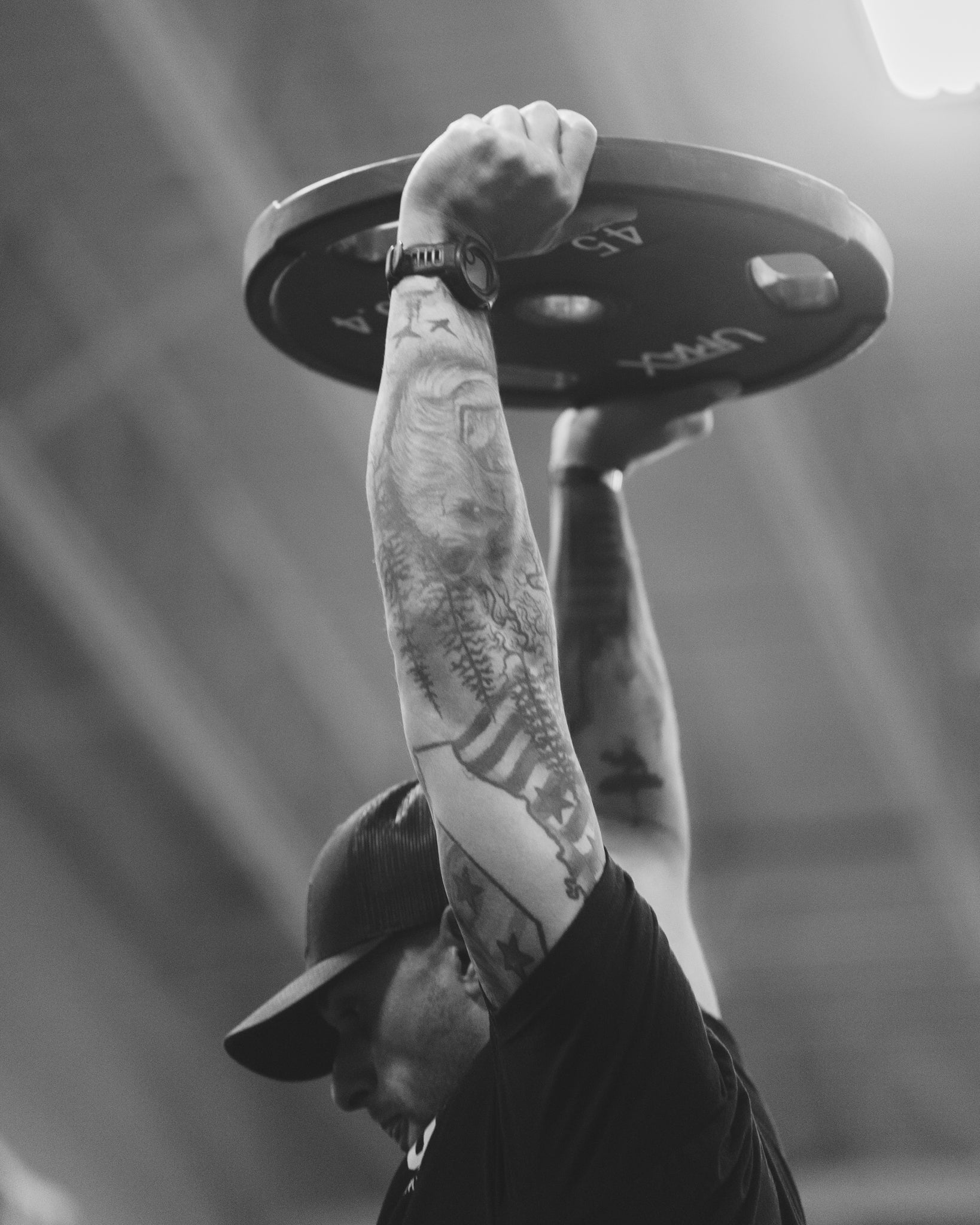
The essentials
Share details of your store's product selection, or share a story that speaks to your customers.

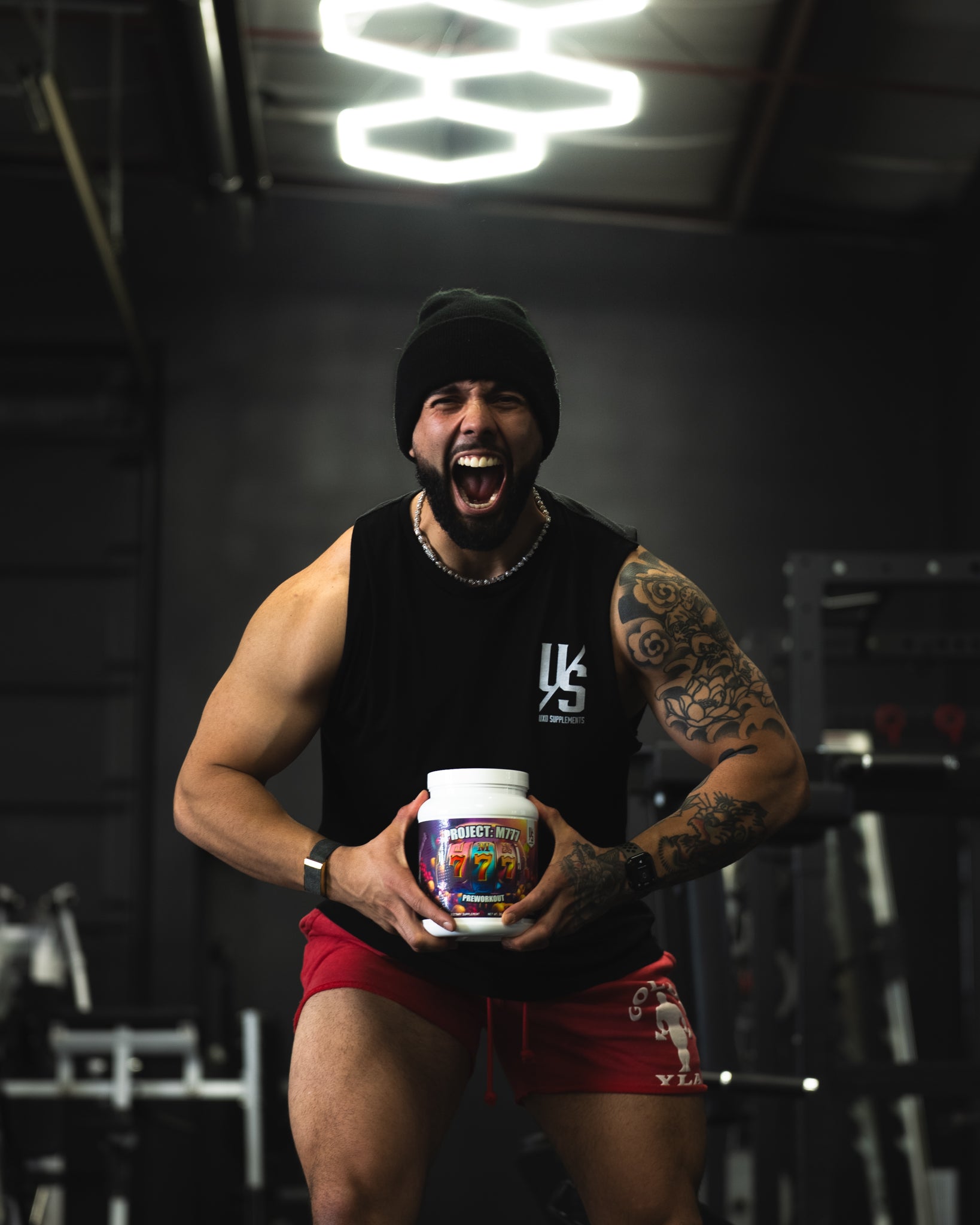

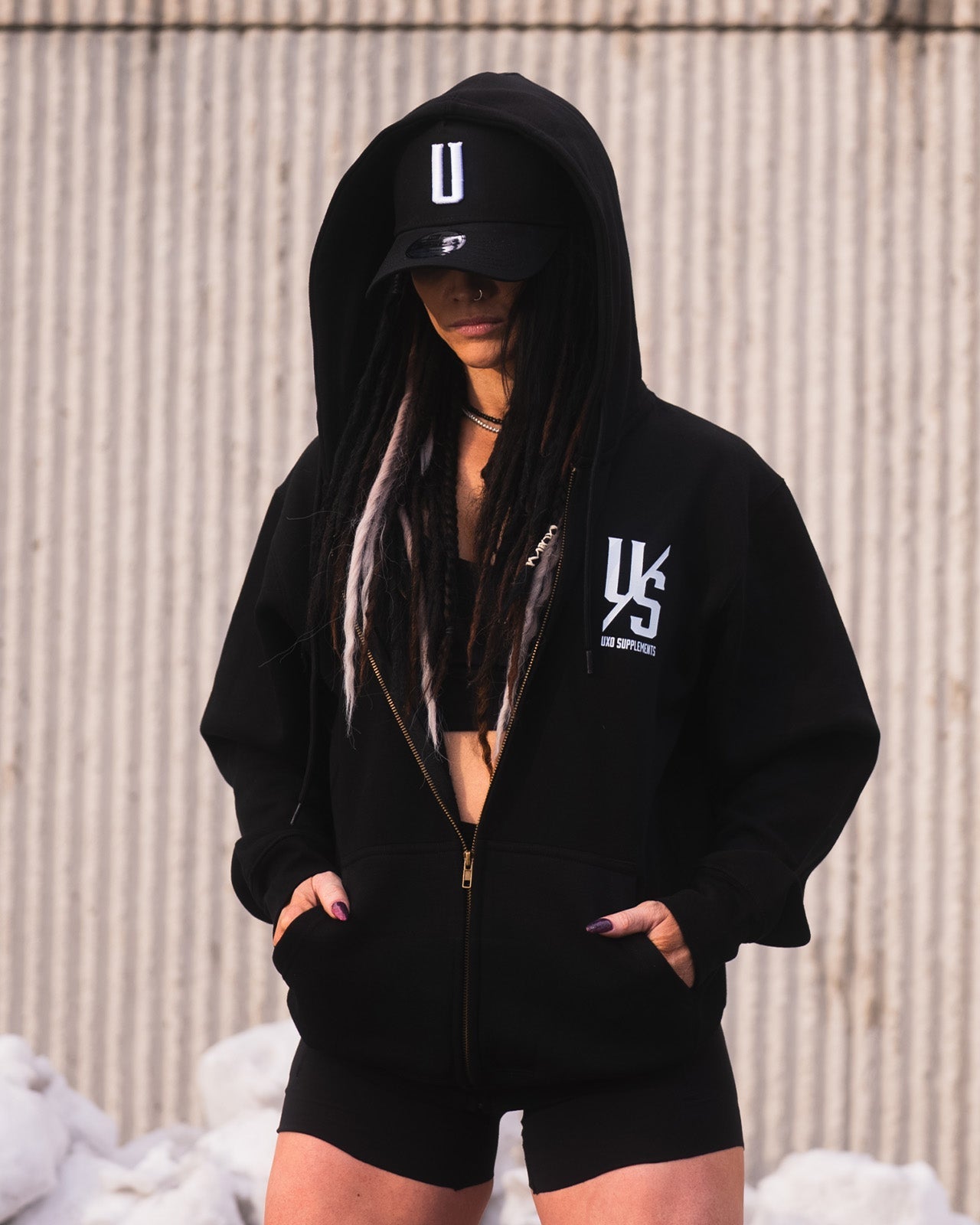


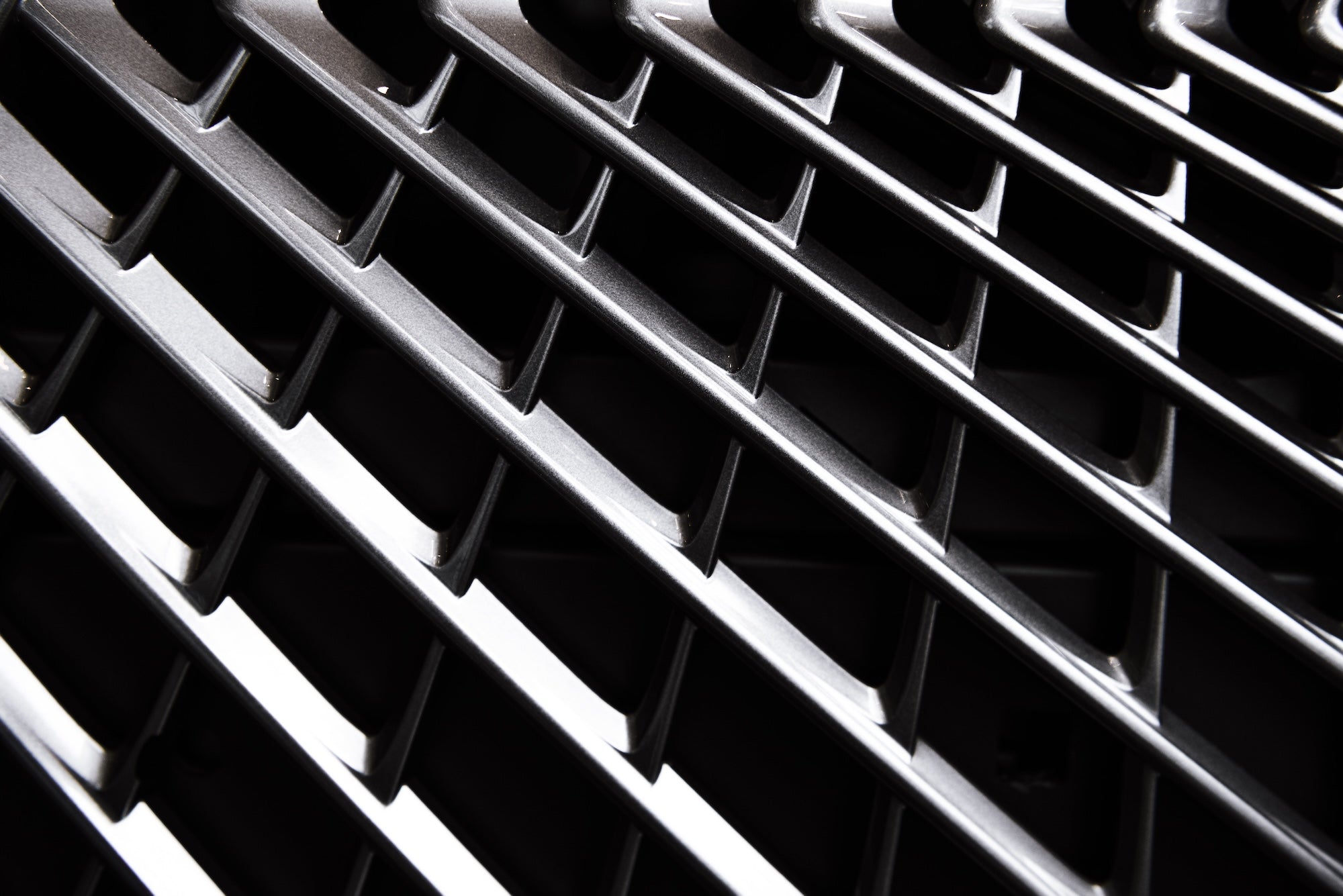
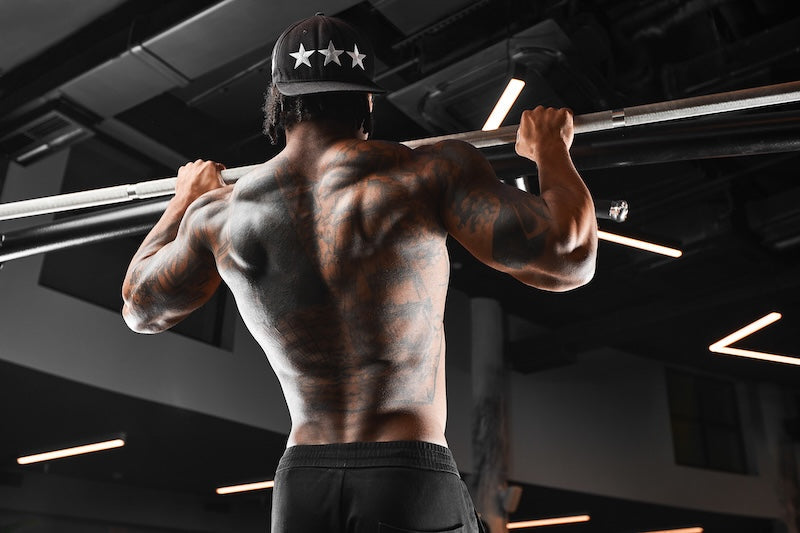


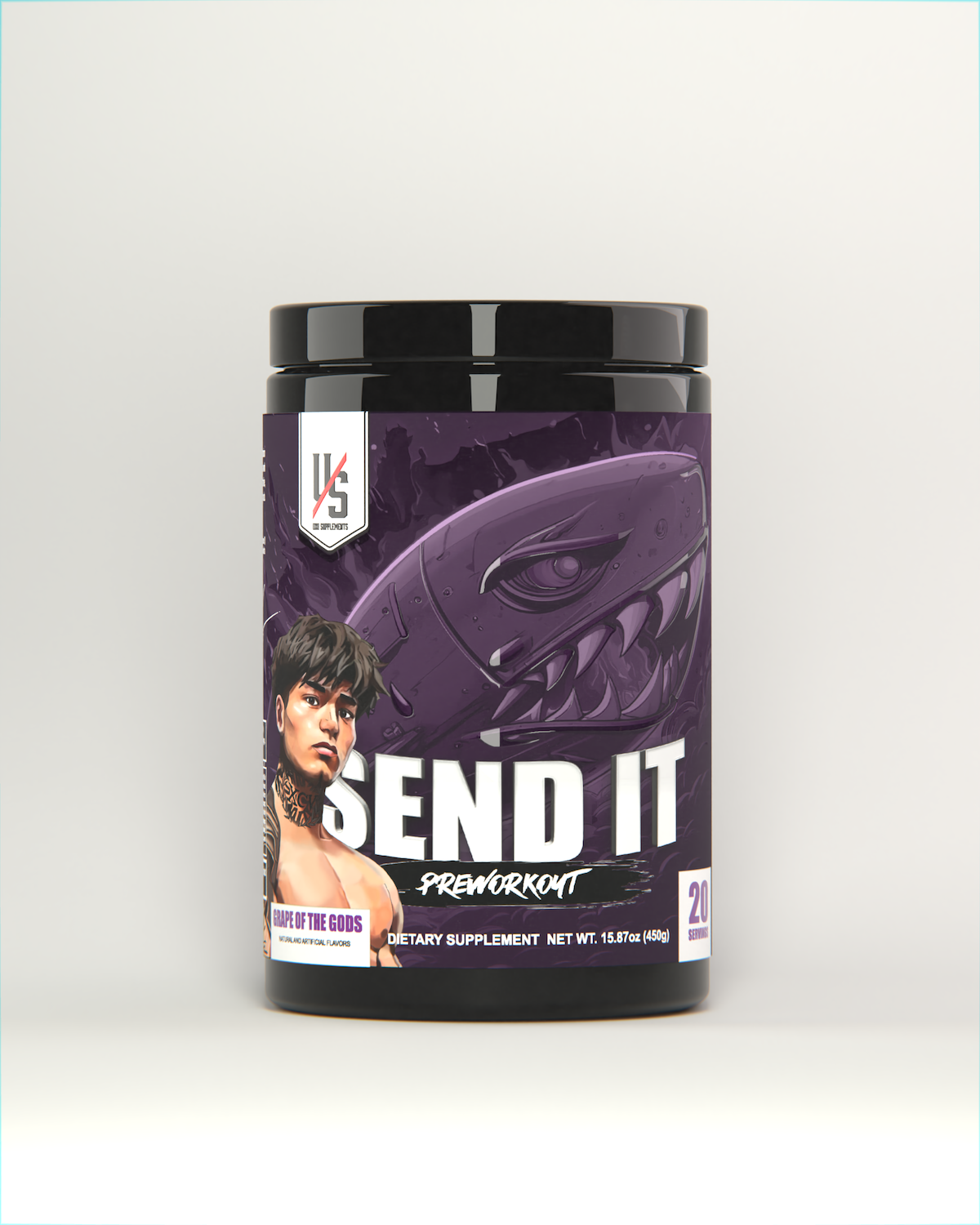
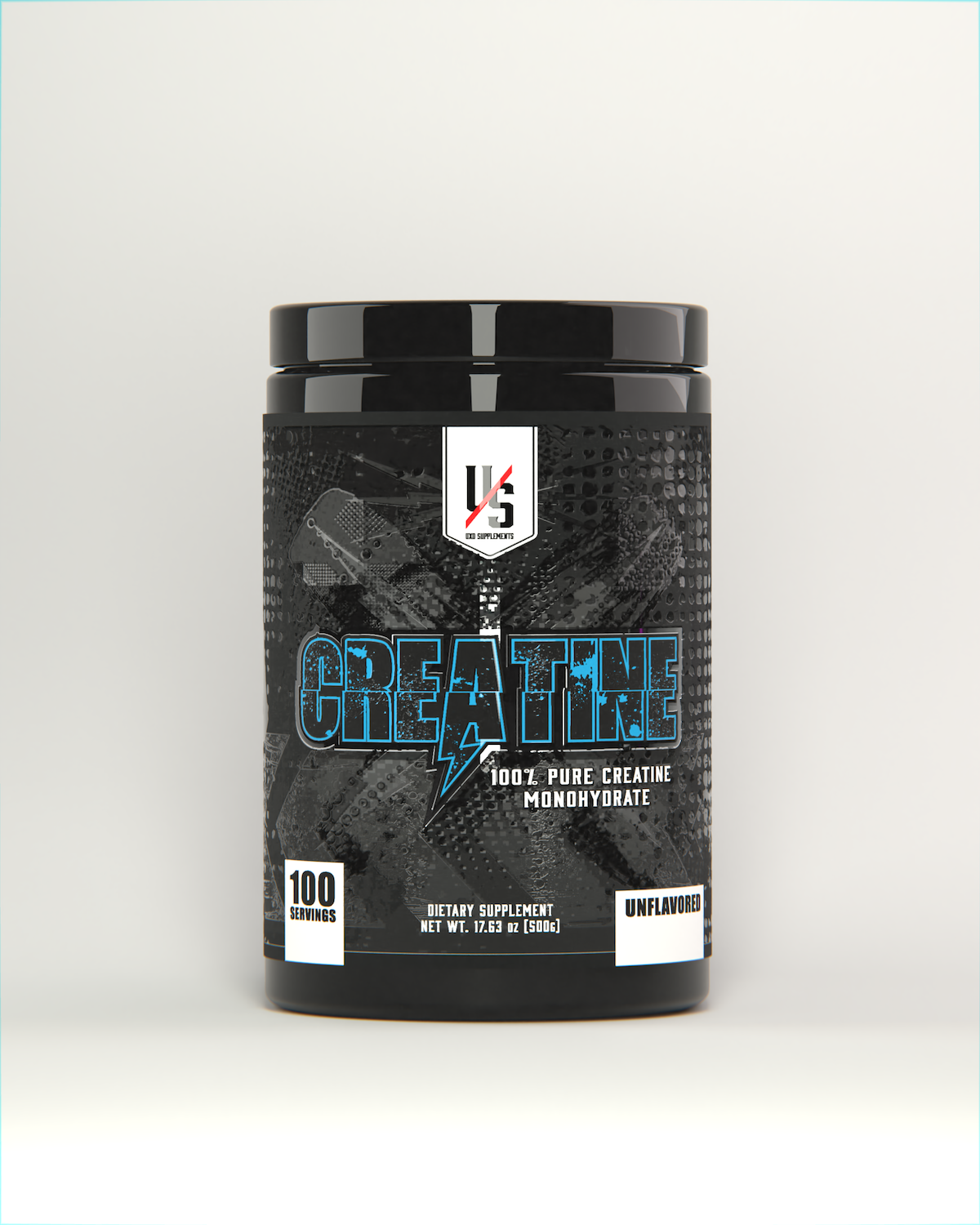
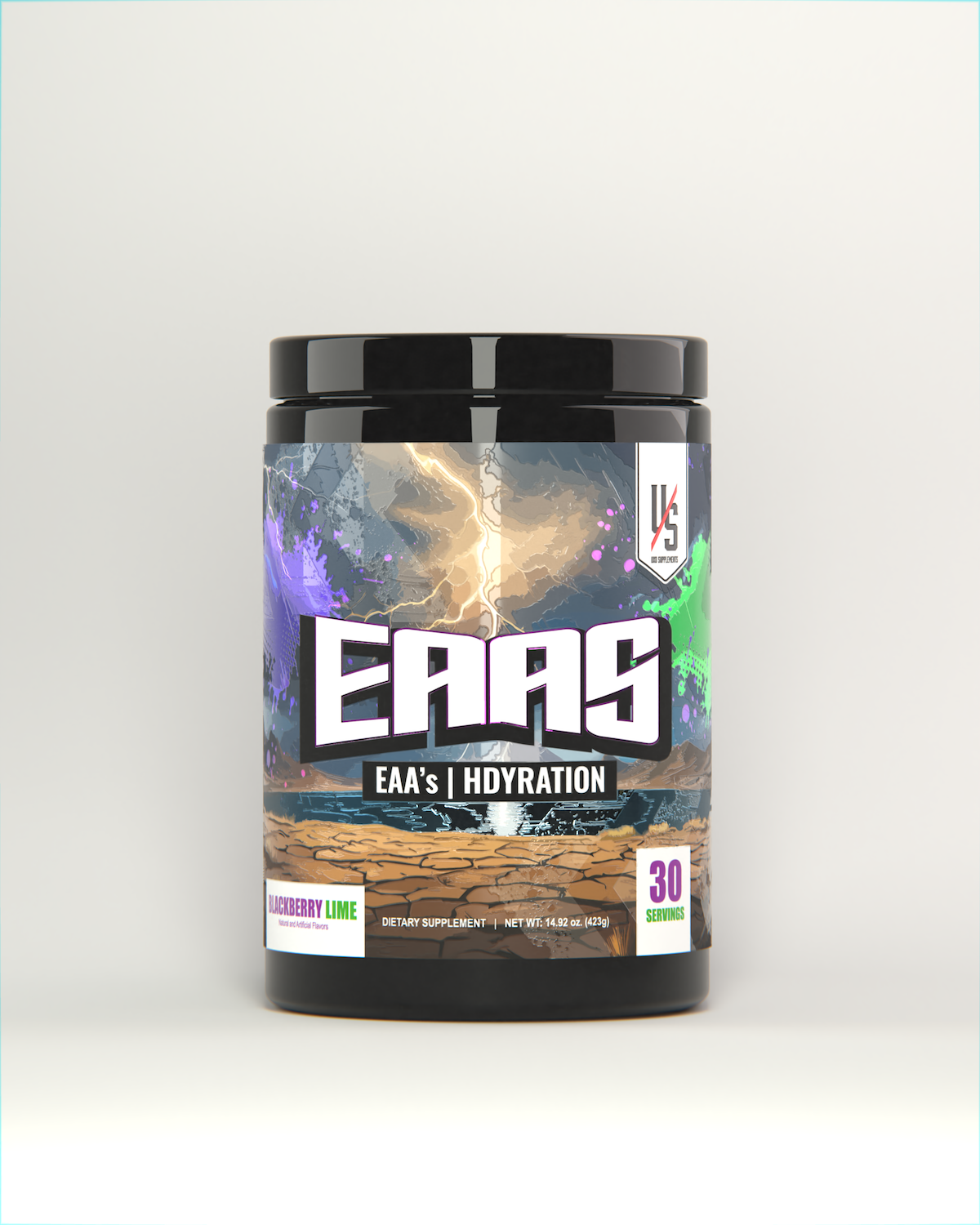
Leave a comment
All comments are moderated before being published.
This site is protected by hCaptcha and the hCaptcha Privacy Policy and Terms of Service apply.